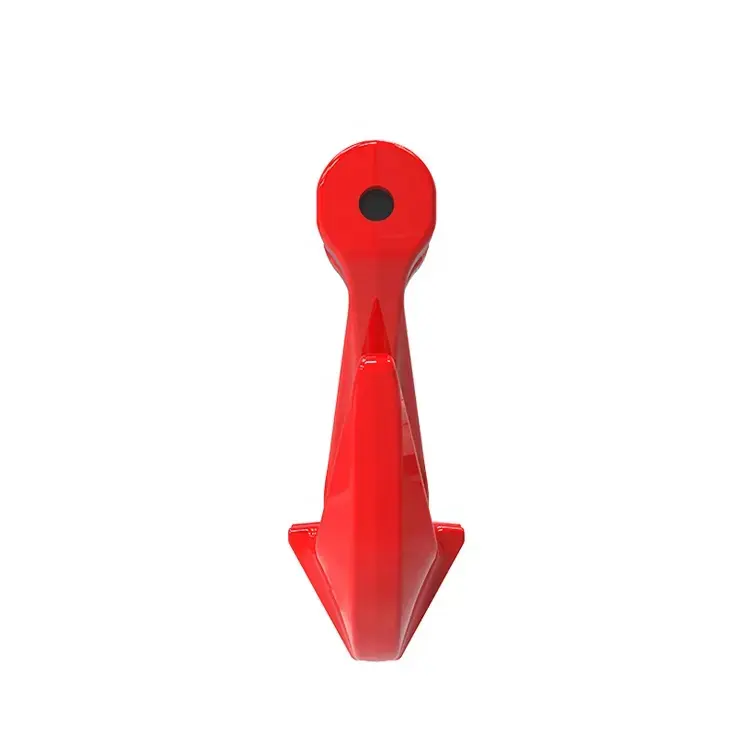News
Aug . 13, 2024 16:36 Back to list
Understanding the Function and Applications of Turnbuckles and Straining Bolts in Tensioning Systems
Understanding Turnbuckles and Straining Bolts Essential Components in Tensioning Systems
In various engineering and construction applications, maintaining the integrity and alignment of structures is paramount. One of the key elements that facilitate this is the use of turnbuckles and straining bolts. These devices play a crucial role in tensioning systems, providing the necessary adjustments to keep components secure and aligned under load.
What are Turnbuckles?
A turnbuckle is a mechanical device consisting of two threaded eye bolts, one on each end, connected by a central body that can be twisted to adjust the tension. When the turnbuckle is tightened by rotating the body, the eye bolts move closer together, increasing the tension in the connecting cable or rod. Conversely, loosening the turnbuckle allows for the eye bolts to move apart, reducing tension. This adjustable nature makes turnbuckles invaluable for applications requiring precise tensioning, such as in construction, rigging, and marine applications.
Turnbuckles come in various forms, including open body and closed body types, with materials ranging from stainless steel for marine environments to galvanized steel for moderate corrosion resistance. The choice of turnbuckle depends on the specific application's requirements, including load capacity, environmental conditions, and the necessary adjustability.
The Role of Straining Bolts
Straining bolts, often seen in bridge construction and large structural assemblies, serve a similar purpose but function differently. These bolts are designed to create tension in a structural assembly by being threaded into a connection or a frame element. When a straining bolt is tightened, it pulls the connected elements together, thereby bearing the tensile load and helping to maintain structural integrity under stress.
turnbuckle and straining bolts

Straining bolts are typically used in conjunction with other structural components to prevent excessive movement or deformation. For example, in bridge construction, straining bolts can help ensure that the bridge deck remains level and stable under dynamic loads from traffic. The ability to tighten or loosen straining bolts allows for adjustments during or after installation, which is particularly useful in large-scale projects where settling may occur over time.
Applications in the Real World
Turnbuckles and straining bolts are used in a variety of settings. In construction, they can be found in truss systems, steel frames, and suspension structures, where maintaining tension is critical to prevent buckling or failure. In marine environments, turnbuckles are often used to adjust the tension in rigging systems, ensuring the stability of sails and masts.
In the aerospace industry, these components are essential for ensuring the correct tension in the aircraft's structure, as they help to withstand various aerodynamic forces during flight. Additionally, they are commonly used in telecommunications towers, where maintaining tension in the supporting cables is vital for safety and functionality.
Conclusion
Turnbuckles and straining bolts are indispensable tools in modern engineering and construction. Their ability to provide adjustable tension allows for the secure and durable assembly of structures, ensuring safety and performance under load. As technology advances, the designs and materials of these components are likely to evolve, further enhancing their effectiveness in a wide range of applications. Understanding their role and proper usage is essential for engineers and construction professionals tasked with building safe, robust structures in a variety of environments.
